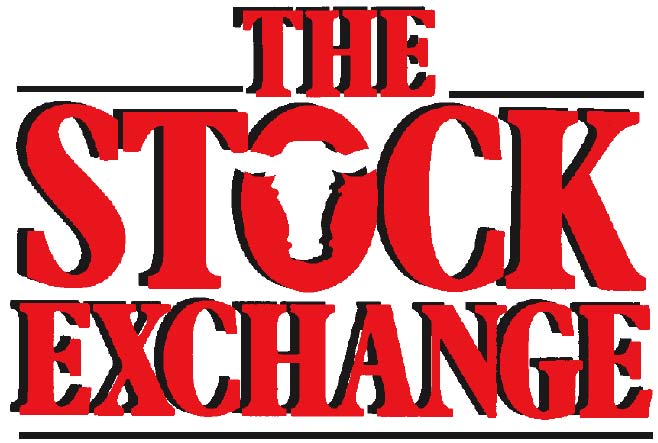NEXRAD radar used to predict bird collisions
By Gail Ellis STILLWATER, Okla. – Oklahomans are familiar with tornado warnings, but what about bird warnings? New research conducted by Oklahoma State University scientists and published in the “Journal of Applied Ecology” indicates weather radars are effective tools for not only predicting weather but also bird collisions. As many as 1 billion birds die each year from colliding with windows or buildings, but the casualties are not those of pigeons or other invasive species most commonly found…
